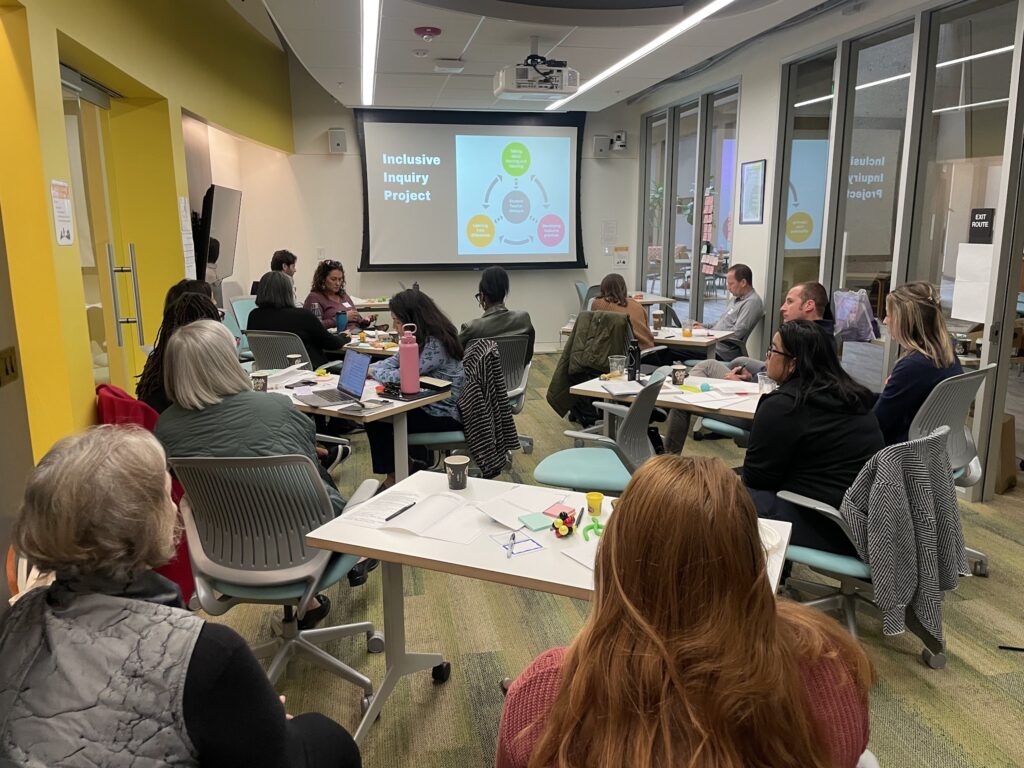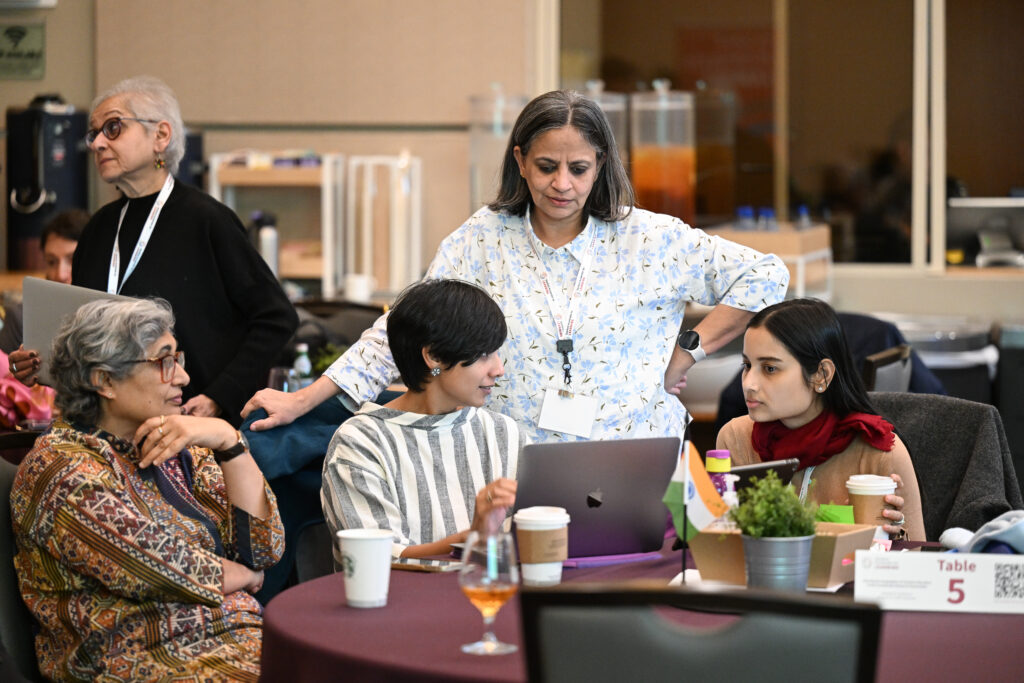In March, the U.S. Supreme Court issued a ruling in Perez v. Sturgis Public Schools that has implications for many children with learning differences and their families. Miguel Luna Perez, who is deaf, filed a complaint against his Michigan school district, alleging that it had failed to provide him with a qualified sign-language interpreter and misconstrued his academic progress to his parents. After being awarded a certificate of completion rather than a high school diploma, he filed a lawsuit, which was dismissed, but eventually made its way to the Supreme Court.
In a unanimous opinion, the court allowed Perez’s lawsuit to proceed, maintaining that a student with a disability does not have to exhaust the administrative due process procedures of the Individuals with Disabilities Act (IDEA) before filing a lawsuit seeking monetary damages under federal anti-discrimination laws.
Elizabeth Kozleski is a professor at Stanford Graduate School of Education (GSE) and faculty co-director of the Stanford Accelerator for Learning’s initiative on Learning Differences and the Future of Special Education. Her research focuses on systems change for equity, inclusive education, and professional learning for educators.
Here, she reflects on the circumstances surrounding the case and what the court’s decision means for students with learning differences and their families.
How does Perez’ experience with his school district reflect the challenges other students face in ensuring they receive the learning experiences they need?
Miguel Luna Perez and his family’s situation is far from an outlier. Since the Education of All Handicapped Children Act of 1975, the Individualized Education Plan (IEP) has been the roadmap for personalized education services for students with learning differences. The right to an individualized plan for students with disabilities gave families a voice in determining their child’s needs and the resources the school will provide to augment and support their learning. But a number of studies over the last 40 years have chronicled the difficulties students with identified educational disabilities and their families face, including the lack of appropriate educational services from Kindergarten through high school graduation or exit.
One important barrier is the entry into the process of identifying struggling students’ needs. Like immigration, health care, and other social services, the processes for identification are bureaucratic. Weathering the process takes persistence, resilience, and a belief that the effort required will pay off for their children in the end.
Families wade through unfamiliar language, complex steps, and a lack of relationships with the providers of assessment services and disability determination. Those with limited access to health care or health insurance may not fully understand their child’s learning and developmental progress, and rely on advice from family, friends, and neighbors. Their informal networks may also have only some of the information they need.
Historically, some segments of our population, often white and affluent, have been able to access opportunities for their kids by navigating the way the process is set up in the law. Miguel Luna Perez’s parents did advocate for him but were unable to get the services he needed.
Why did Miguel Luna Perez and his family turn to the justice system?
The Perez v. Sturgis Public Schools case is a symptom of a larger problem in holding schools accountable for special education. The decision about whether a child has a disability and the support they will receive is made by a multidisciplinary team at the school level. Schools within the same district, even across the street, make different decisions based on the expertise of their team.
Often, a full, multidisciplinary assessment is not done. When it is done and a student enters special education, the school system may not be able to afford needed support staff such as occupational therapists, physical therapists, school psychologists, and speech language pathologists. This is particularly true for students whose disability requires specialized professionals that may be harder to find, including deaf students like Miguel Luna Perez. Districts try to create accommodations for students with what they know is available, but they may not be aware of supports available across the country, online, or through the many technical assistance centers funded by the U.S. Department of Education.
The complex accountability processes built into the IEP system assume that families clearly understand how to contest and pursue remedies beyond those that the school district offers. Many families and the school personnel who serve them do not know about or have access to the advocacy and mediation services that are available. When families find these resources, they often have to turn to litigation to obtain services. School districts spend considerable resources fighting claims for services or restitution for services. The burden for accountability ends up inside the court system, and as a result, the number of court mediations has increased exponentially over the past 20 years. Significant family and school district resources have gone to resolving these cases.
Groups that support Sturgis Public Schools have argued that the decision might create a “culture of litigation” rather than encourage families and districts to work together to meet each learner’s needs. What do you think?
This decision is not creating a culture of litigation, it already exists. Families have been turning to the courts to ensure their child’s rights for decades, because accountability systems do not help schools improve and expand their approaches to working with families and students.
Ultimately, a shift in addressing specific student needs will come from addressing disputes within the system itself. Additional data reporting by school districts would help identify the districts and schools that need more targeted, expert support to meet the fundamental purpose of the law. These supports must include systemic improvements to fiscal management, educator development, and effective, culturally sustaining support for families and students.
What are the implications of the decision for school districts?
Perez v. Sturgis is one in a string of recent rulings that champion the educational rights for students with learning differences. The decision indicates to schools that they cannot fail to adequately serve students because they don’t have the right professionals in place. Substituting unprepared staff to meet student needs is not a solution.
We can see increasing pressure on school districts to augment and support learning for students with learning differences. But schools are operating without adequate funding compared with what it actually costs to deliver an education; it is estimated that federal funding covers about 16% of necessary funding. Federal law states that the federal contribution to special education should be about 40% of the total cost. Recent estimates from a California report suggest that the costs of support for students with disabilities vary widely depending on student needs. Funding formulas and service delivery vary from state to state and district to district. Many state systems are inefficient and underfunded, which has particular impact for complex cases such as Miguel’s.
There are clearly areas where policy could do more to ensure the rights of students with learning differences. What still needs to be done?
Workforce development for all educators is essential. All teachers will have students with learning differences – think language, disabilities, cultural histories, food and home insecurities, social/emotional development – in their classrooms. They need the skills to address learner variability in their classrooms. They need the skills to work with multidisciplinary specialists to ensure that their classrooms are tailored to the learners they have.
Assessment processes that provide educators with just-in-time data to do the tailoring are also critical. These systems will be costly to put into place, but necessary for robust systems of learning support. Strong assessment systems that tailor learning require high-impact tutoring processes to make sure that all students get the support they need. Institutional systems that support this kind of personalized learning will need organizational redesign. The power of the Individuals with Disabilities Education Act will not be realized without the fundamental retooling of schools to focus on designs for learning for all students.
Learn more about the initiative on Learning Differences and the Future of Special Education.



